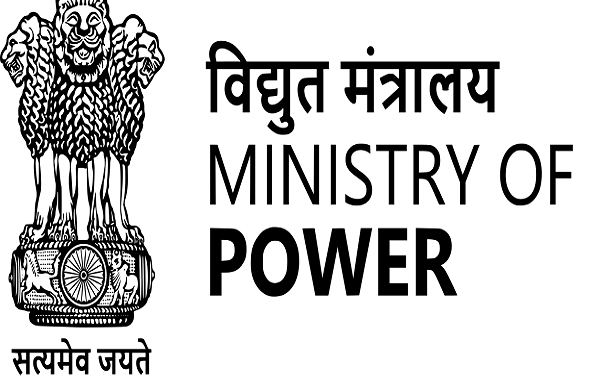
Feb 08: The Government have taken the following steps to meet the peak demand for power:
- 175 GW of power generation capacity, 173459 ckt km of transmission lines and 621176 MVA of transformation capacity have been added to our grid from 2014 till 31.12.2022.
- Under DDUGJY/Saubhagya/IPDS the Distribution system has been strengthened at a cost of Rs. 2.02 Lakh Crore-adding 2927 new substations, upgrading 3964 substations and adding 8.48 lakh ckt km of HT/LT lines etc from 2014 till 31.12.2022.
- 100% FDI through automatic route is allowed for projects of power generation (except atomic energy), transmission, distribution and trading.
- Notification of Revised Tariff Policy on 28.01.2016 with various provisions to encourage private sector participation in generation as well as in transmission.
- In order to promote generation from renewable sources of energy and attract investments in this sector, Inter State Transmission System (ISTS) charges for transmission of the electricity generated from solar and wind sources have been waived for projects to be commissioned by 30.06.2025. Further, ISTS charges on the transmission of electricity generated from new hydro projects are waived for 18 years from the date of commissioning.
- Green Open Access Rules, 2022 have been notified on 06.06.22 for promoting the generation, purchase and consumption of green energy.
- Setting up of Ultra Mega Renewable Energy Parks to provide land and transmission to Renewable Energy (RE) developers for installation of RE projects at a large scale.
- With the objective of improving the quality and reliability of power supply to consumers through a financially sustainable and operationally efficient Distribution Sector in the country. The government of India has launched Revamped Distribution Sector Scheme (RDSS) in July 2021. The scheme aims to reduce the Aggregate Technical & Commercial losses (AT&C) to pan-India levels of 12-15% and the Average Cost of Supply-Average Realizable Revenue (ACS-ARR) gap to zero by 2024-25. The scheme has an outlay of Rs.3,03,758 crore and an estimated Gross Budgetary Support (GBS) of Rs.97,631 crore from the Central Government.
- Measures have been taken to ensure the availability of the generation capacity. The generators shall complete the maintenance work of their plants well before the period of high demand. No planned maintenance will be taken during the high-demand period (say April to May 2023).
- Monitoring and Coordination with Ministries of coal and railways on a regular basis for an increase in the production and dispatch of coal as much as possible.
- All generators have been asked for timely import of Coal for blending purposes so that adequate coal stock is maintained in the plant.
- All captive coal blocks have been asked to maximize the coal production to supplement the coal supply from domestic coal companies (CIL and SCCL).
- Additional arrangement for gas for running gas-based stations has been planned from GAIL, during high power demand months.
- The Electricity Amendment Rules, 2022 has been notified on 29th December 2022 which mandates the preparation of a resource adequacy plan so as to successfully meet the power demand of the consumers.
These measures have contributed to the present status wherein power availability has gone up to 22½ hrs, on average, in rural areas and 23½ hrs in urban areas.
Disclaimer: We donot claim that the images used as part of the news published are always owned by us. From time to time, we use images sourced as part of news or any related images or representations. Kindly take a look at our image usage policy on how we select the image that are used as part of the news.


